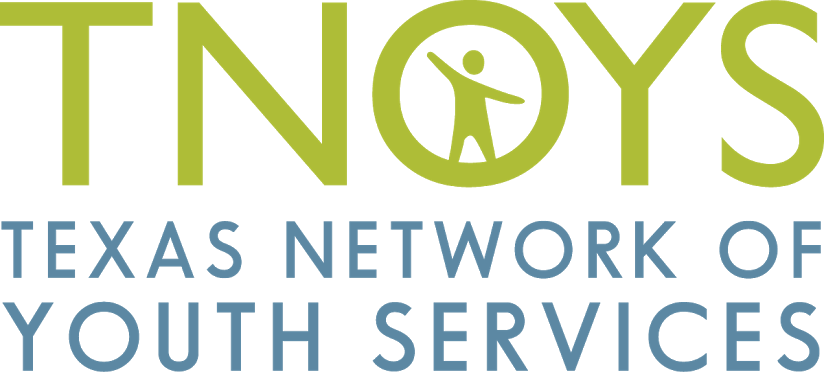Seclusion and restraint are physical interventions used to contain aggressive behavior. They are used in inpatient settings such as psychiatric hospitals and residential treatment centers, in detention facilities for adults and juveniles, and even in schools. These interventions are considered harmful and traumatizing and in some cases, lead to death.
Creating an environment that makes use of trauma-informed care principles can help to reduce the use of emergency behavioral interventions such as seclusion and restraint. Trauma-informed care is a set of principles that recognize the impact that experiences of trauma have on individuals and emphasizes the belief that healing can take place. It also stresses the critical need for interventions that do not traumatize individuals. A method of organizational change called the Six Core Strategies to Prevent Conflict and Violence: Reducing the Use of Seclusion and Restraint focuses on buy-in from leadership; workforce development; inclusion of peers and families; use of specific tools and interventions; and rigorous debriefing after critical incidents.
TNOYS is currently conducting an evaluation of another project that aims to reduce seclusion and restraint at residential treatment centers in Texas. Preliminary data shows a 44% reduction in use of restraints from 2011 to 2012 at six sites that were receiving intensive technical assistance.
